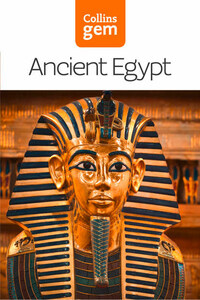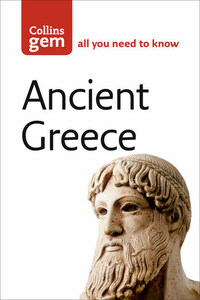Pirates

An entertaining and authoritative introduction to the world of piracy – history comes to life through a compelling factual narrative and enlightening illustrations.Why did seamen become pirates? What was life like on board a pirate ship? How did they go about plundering the enemy’s ship? What sort of treasure did they capture?‘Collins Gem Pirates’ vividly explains and illustrates the development of piracy from ancient times to the modern day. It addresses why piracy started and disappeared, but focuses on the so-called 'Golden Age' of piracy in the seventeenth century, debunking the myths that surround this period, and bringing it to life through an exploration of the personalities, vessels and places involved.They were a disciplined bunch, on the whole, with strict codes of conduct to adhere to and severe punishments for those who broke the rules. There is no evidence to suggest that pirates ever made their victims walk the plank; instead, they were more likely to be marooned on an island.Did you know that following his execution, Captain Kidd's body was dipped in tar and hung by chains along the River Thames, as a warning for would-be pirates? Or that the fearsome Edward Teach (a.k.a. Blackbeard) plundered over 40 ships, but probably never killed a man until his final battle? Or that captains Anne Bonny and Mary Read spent most of their careers disguised as men, because women on ship were thought to bring bad luck?The mysteries and myths surrounding piracy continue to fascinate children and adults alike. This gripping book provides a real and lively insight into this stimulating bygone era.










